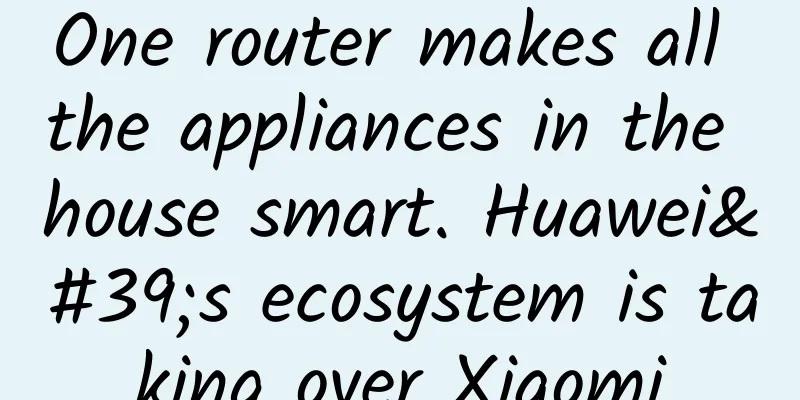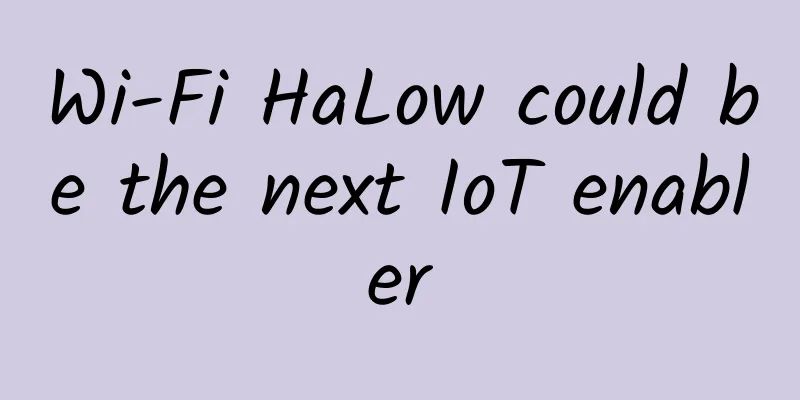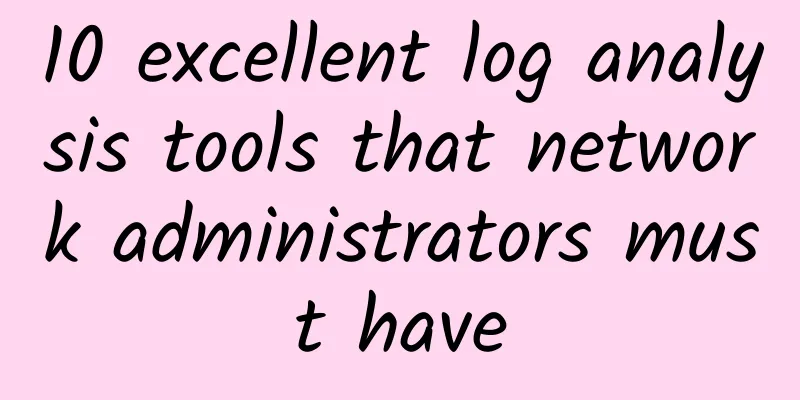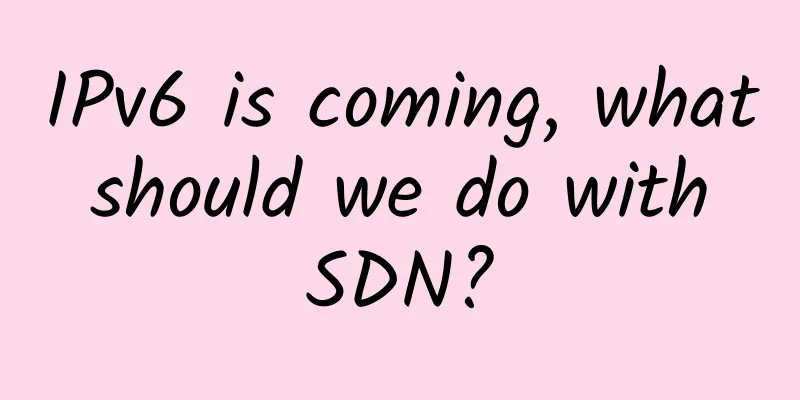One router makes all the appliances in the house smart. Huawei's ecosystem is taking over Xiaomi

|
At present, among China's smart home brands, it can be said that Huawei and Xiaomi represent two different forces, and are also two brands walking on different paths. Xiaomi, through investing in and holding controlling stakes in a number of new small appliance brands, has formed a closed smart home system with self-research, self-production and self-sales; while Huawei, with routers as the core, has created an open smart home ecosystem through the HiLink ecosystem, plug-in compatibility, self-operated shopping mall and offline experience store model. It is hard to say which of the two ecosystems is better. But after changing to a Huawei router, I found something very scary in the router management app (Huawei Smart Home). It turns out that there are so many devices in my home that can be connected to the Internet. In terms of product types and models, the richness of Huawei's smart home ecosystem has gradually surpassed Xiaomi, and the gap is becoming more and more obvious. Therefore, if you also use a Huawei (Honor) router at home, you might as well open the APP and take a look. There may be many surprises waiting to be discovered at home. First step, open the Huawei Smart Home App: In the second step, click "Toolbox", then click "Add and Manage" in the service area: In the third step, in addition to seeing many fun plug-ins, there are also 7 smart home protocol conversion plug-ins, including Midea Smart, Bose Speaker, Philips HUE Bridge, LIFX Light, TP-Link Smart Light, Yeelight, and Lumi Smart. After I installed the Midea smart plug-in on the Huawei router, four Midea air conditioners appeared in the Huawei Smart Home App. I can throw away the remote control and use the Huawei Smart Home App to manage the air conditioners at home. In the protocol conversion plug-in, I also found two brands belonging to the Xiaomi ecosystem: Yeelight and Lumi Smart. This means that as long as this plug-in is installed, the devices of these two brands can also be managed through the Huawei Smart Home App. Huawei routers use protocol conversion to create an ecosystem with a plug-in application. Every smart device in the ecosystem can become part of Huawei's smart home. For example, Midea has many categories such as air conditioners, electric fans, rice cookers, humidifiers, etc., and most of them have been intelligentized. Therefore, Huawei's smart home ecosystem, which has already won seven major ecosystems, has obviously surpassed Xiaomi in terms of device types and models. This is also one of the key reasons why Huawei has always insisted on focusing on routers after entering the smart home field. |
<<: How to cut data center costs without sacrificing performance?
>>: Best practices for data center operations and maintenance of critical facilities
Recommend
Next-generation data center connectivity for 400G and beyond
[[393969]] The data center industry is experienci...
In the era of stock management, operators still need to provide refined services
Recently, the three major operators announced the...
Facing the high pressure of price war, how will Yunfan Accelerator choose to break through?
[51CTO.com original article] What kind of CDN ven...
MoeCloud New Year Promotion: San Jose CN2 GIA monthly payment 15% off, annual payment 30% off
MoeCloud has launched a Spring Festival promotion...
Don't know how to learn the protocol? Click it!
Once you enter the communications industry, you w...
Scan code payment is going to be eliminated! QR code is going to be eliminated from the stage of history
[[392156]] The launch of the digital RMB will def...
LinkRunner G2 is a favorite of operators and maintenance personnel! See how NETSCOUT creates the "measurement" in the network testing industry
[51CTO.com original article] In recent years, I h...
How to implement a real-time monitoring system for tens of billions of visits?
[51CTO.com original article] The author has joine...
CloudCone Easter Promotion: $15/year KVM-1GB/30GB/3TB/Los Angeles Data Center
CloudCone offers three special VPS packages for t...
What is SD-Branch? Why do you need it?
[51CTO.com Quick Translation] The deployed SD-WAN...
The National Development and Reform Commission has for the first time clarified the scope of new infrastructure, with data centers being the first area of content
This morning, the National Development and Reform...
HostKvm Hong Kong B Zone 40% off, $5.1/month KVM-2G memory/40G hard disk/1Gbps bandwidth
HostKvm is a Hong Kong VPS provider founded in 20...
IPv4 addresses are exhausted, but the utilization rate of IPv6 addresses in China is only 0.5%
"With the widespread and in-depth applicatio...
Experience first, Borei Data builds a monitoring system centered on user conversations
Research has found that when page access performa...
Ruijie Networks: Deeply cultivating production network application scenarios to make the industrial Internet worry-free
Ruijie Networks is a Chinese ICT infrastructure a...









